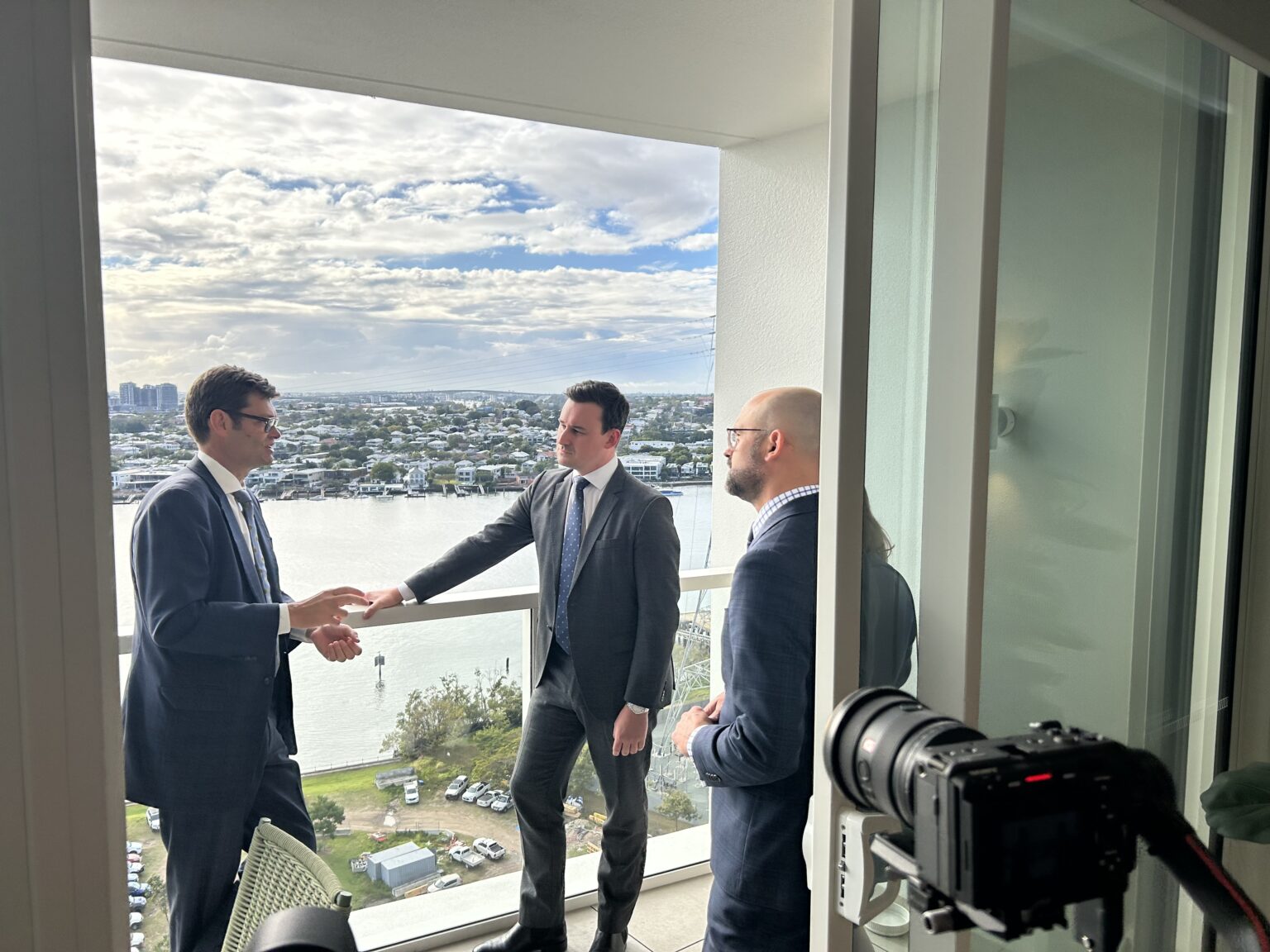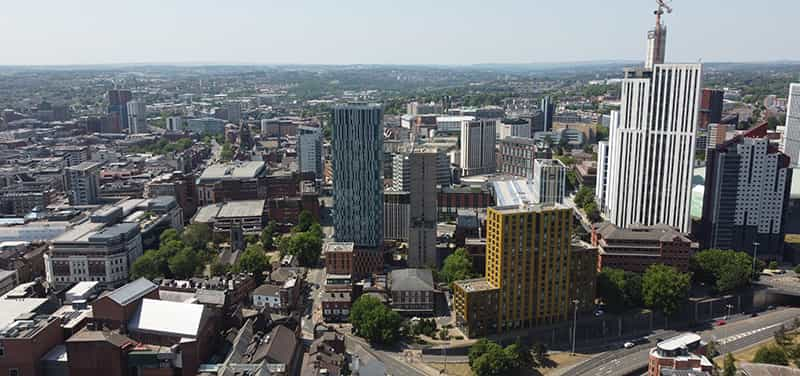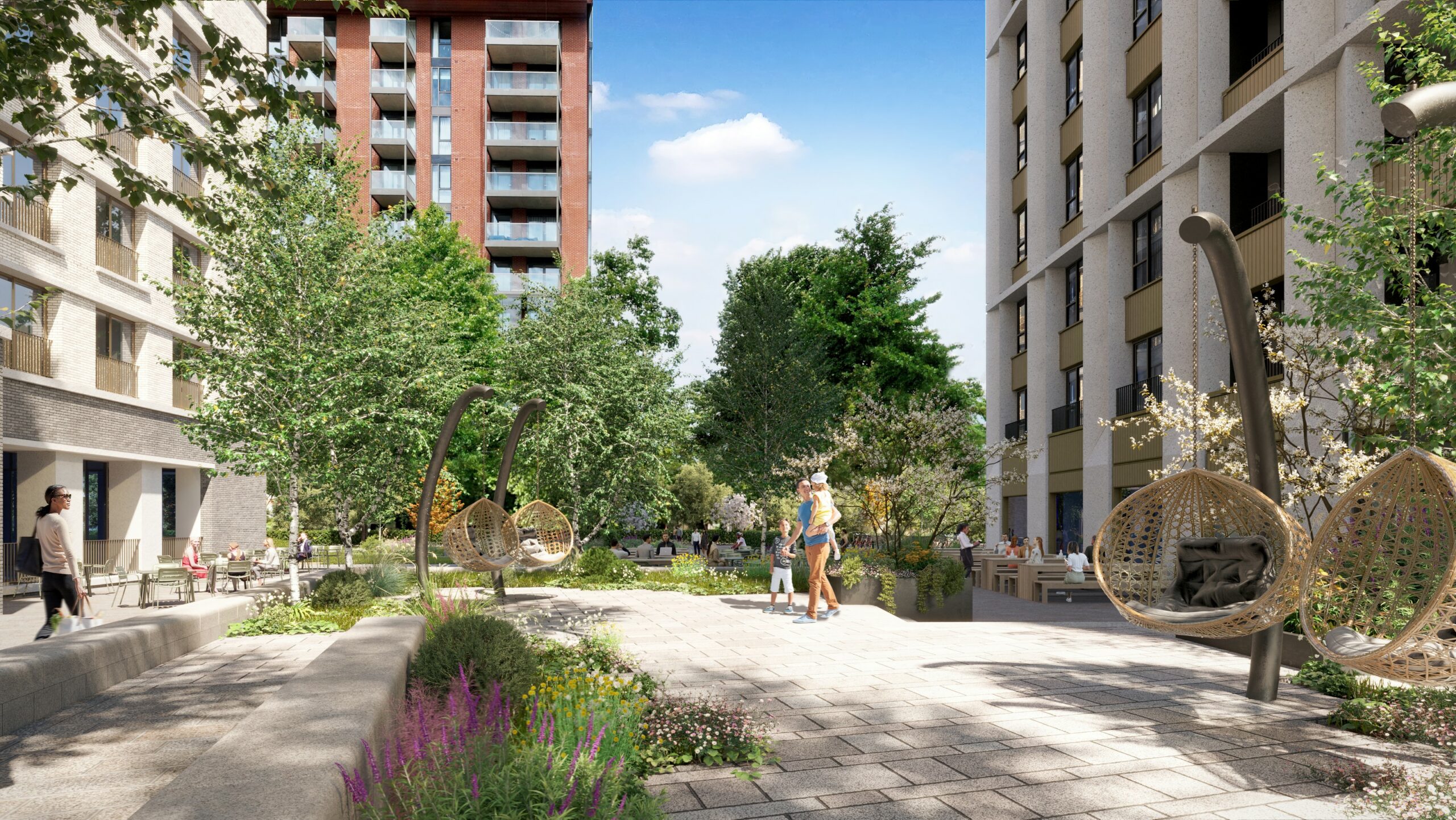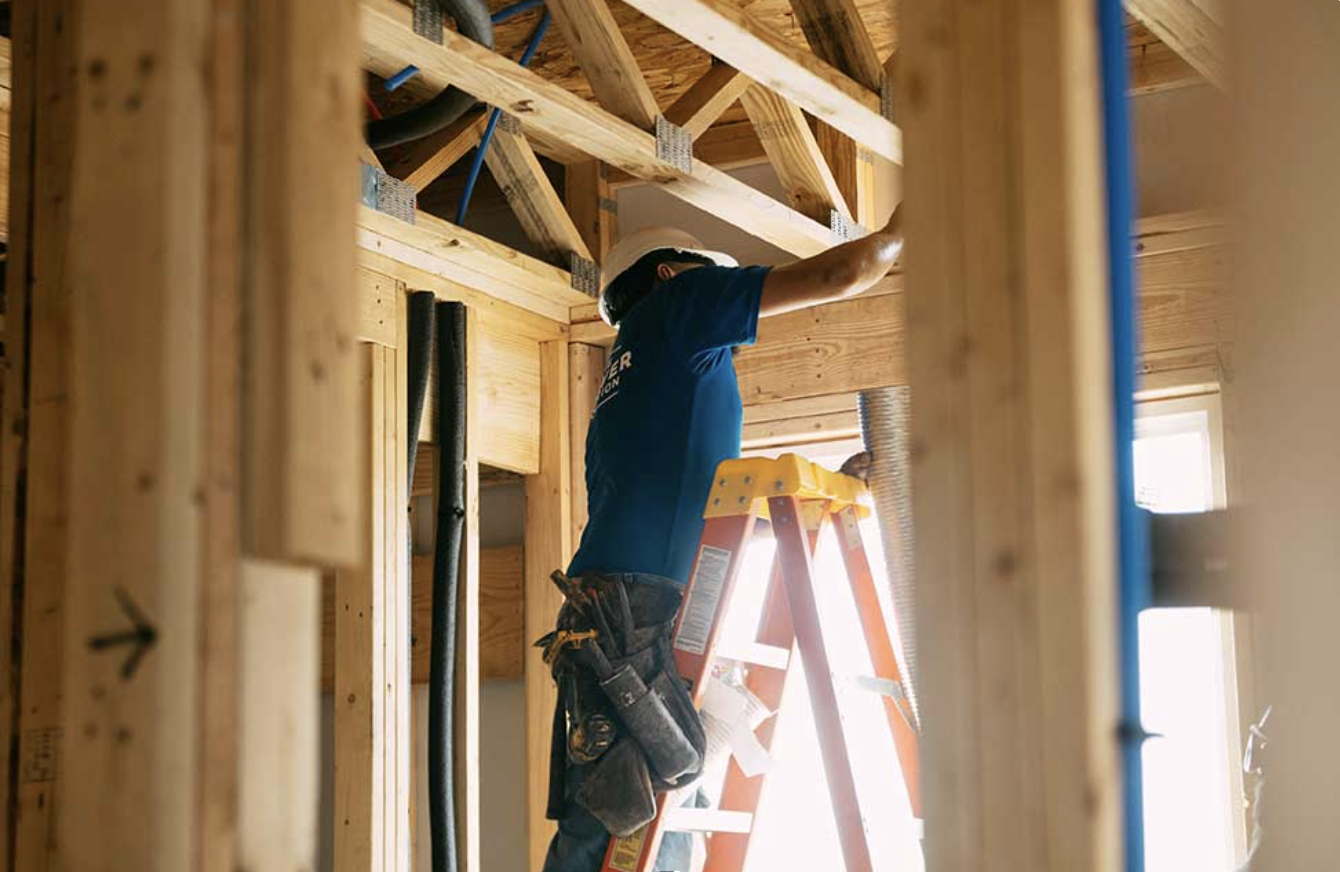Australia: Research from property firm Savills has highlighted the growth of the Australian BTR sector.
The Savills Australia Build to Rent Market Update Q3 2022 said BTR has grown exponentially over the past year and a half, with more than $3.5 billion raised and committed to the sector since January 2021.
Operational institutional grade BTR stock stands at 3,800 units, with 8,400 under construction, and a future pipeline of 22,500, taking the total size of the sector to 34,700 units completed or in development.
“BTR is an appealing operational asset in the current inflationary environment as the granularity of the revenue streams across multiple tenants allows landlords to recoup inflation cost pressure through increasing rents on a regular basis, rather than fixed mechanical increases as would be seen in a long-term commercial office lease,” said Conal Newland, Savills head of operational capital markets.
A growing confidence in the market is also expected to lead to a broader range of investors entering the BTR market. The report said that it has seen the type of capital targeting the sector change. “The balance of BTR investors has shifted toward lower cost-of-capital investors such as pension funds and sovereign wealth, a step already taken in Australia,” it said.
The report added that conditions in Australia’s property market are ideal for the BTR sector: “Our household size is reducing with a rise in one-person households and fuelling demand for more homes whilst rental vacancy remains low with limited new supply – creating a strong case for rising rents. As we emerge into the post-COVID climate, immigration is also set to pick up with the government increasing the skilled migrant cap to 195,000, alongside an increasing rate of international students returning onshore,” said Savills’ director of operational capital markets, Paul Savitz.
“Our emerging BTR sector is at a pivotal point in its growth trajectory and has also caught the attention of policy-makers, who recognise the role it can play in managing complex issues including affordability, housing deficit, rising rents and new construction,” added Newland.








